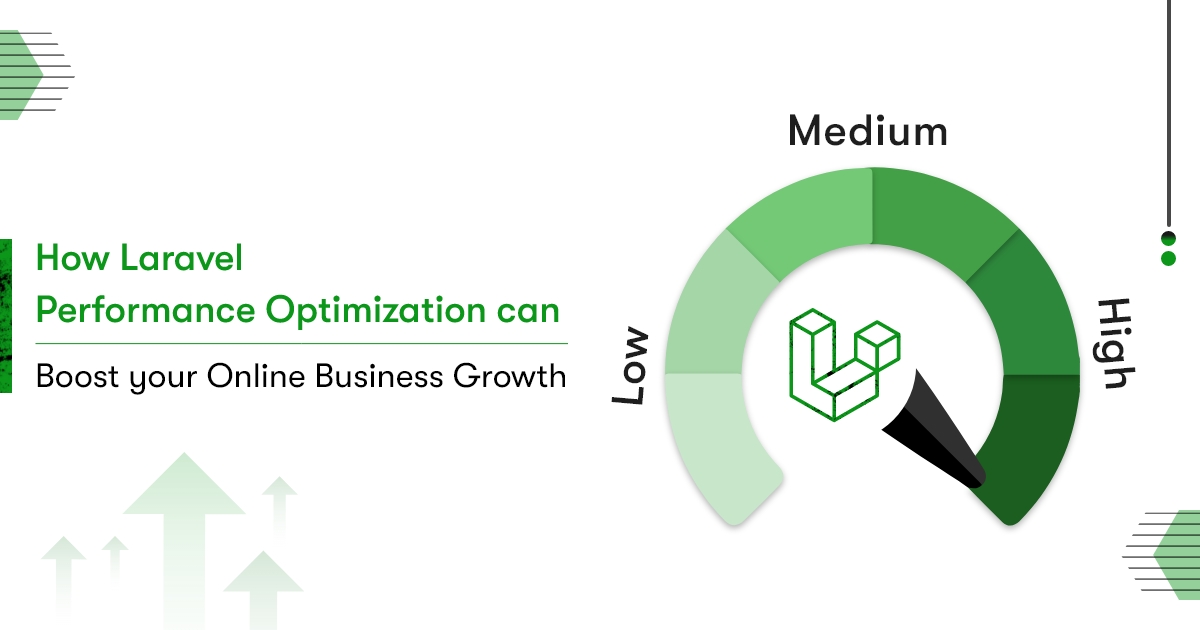Digital Insights Hub
Your source for the latest trends and insights in digital technology.
Speed Demons: Race Your Website to Higher Performance
Unleash your website's potential! Discover top tips to turbocharge performance and leave competitors in the dust. Race to the top now!
Top 10 Strategies to Optimize Your Website Speed
In today's digital landscape, website speed is crucial not only for user experience but also for search engine optimization (SEO). A fast-loading website can significantly enhance user engagement and reduce bounce rates. Here are the top 10 strategies to optimize your website speed:
- Enable Compression: Use Gzip to compress your files, which can reduce the size of your web pages and speed up loading times.
- Optimize Images: Ensure that images are properly sized and compressed using tools like TinyPNG or ImageCompressor.
- Minify CSS and JavaScript: Remove unnecessary characters in your CSS and JavaScript files to decrease their size. Tools like CSSNano can help.
4. Use Browser Caching: By enabling caching, you can store frequently accessed files in users' browsers, which significantly decreases load times on repeat visits. This can be set up using .htaccess or through plugin options if you're using WordPress.
5. Reduce Server Response Time: Speed up your server's response time by optimizing your database and using a reliable hosting provider to ensure fast performance.
6. Implement a Content Delivery Network (CDN): CDNs distribute the load of your website across multiple servers, reducing latency for users who are geographically distant from your primary server.
7. Limit Redirects: Each redirect creates additional HTTP requests, which can slow down your site. Minimize the number of redirects where possible.
8. Use Asynchronous Loading: Load JavaScript files asynchronously to prevent them from blocking rendering—the page can load while scripts are still downloading.
9. Database Optimization: Regularly clean up your database by removing unnecessary data and optimizing the database tables to improve loading speed.
10. Regular Testing: Use tools like Pingdom or GTmetrix to regularly test your website's speed and identify areas for improvement.

How Website Performance Impacts User Experience and SEO
Website performance plays a crucial role in shaping user experience and is increasingly becoming a significant factor in SEO. A site that loads quickly encourages users to stay longer, reducing bounce rates and increasing engagement metrics, which search engines take into account when ranking pages. According to a study by Forbes, just a one-second delay in page load time can lead to a 7% reduction in conversions. Hence, optimizing site speed not only enhances the overall user experience but also boosts your visibility in search results.
Moreover, as mobile browsing grows, the need for fast-loading sites becomes even more imperative. With Google’s Core Web Vitals initiative, it’s clear that website performance can directly influence search engine rankings. Websites that perform well on metrics such as loading speed, interactivity, and visual stability are favored in search results, providing a double benefit of improving both SEO and user experience. Therefore, investing in site performance optimization is essential for maintaining a competitive edge in the digital landscape.
Is Your Website a Speed Demon? Key Metrics to Measure Performance
In the age of information, where users expect instant access to content, ensuring that your website isn't just fast, but a speed demon, is crucial for retaining visitors and improving SEO. Key metrics to measure your website's performance include page load time, which indicates how long it takes for a page to fully appear to users, and First Contentful Paint (FCP), a critical metric that shows how quickly content begins to display. Other important metrics are Largest Contentful Paint (LCP), which measures loading performance, and Time to Interactive (TTI), indicating when a page becomes fully interactive.
Another essential component to assess your website's speed is the Time to First Byte (TTFB), which gauges the time taken from the user's request until the first byte of content is received. Monitoring these key metrics can significantly enhance user experience and search engine ranking. Tools like Google PageSpeed Insights and GTmetrix can provide you with valuable insights and recommendations to optimize your site's performance. Ensuring efficiency through these measurements will not only improve your website's speed but also lead to increased user satisfaction and engagement.